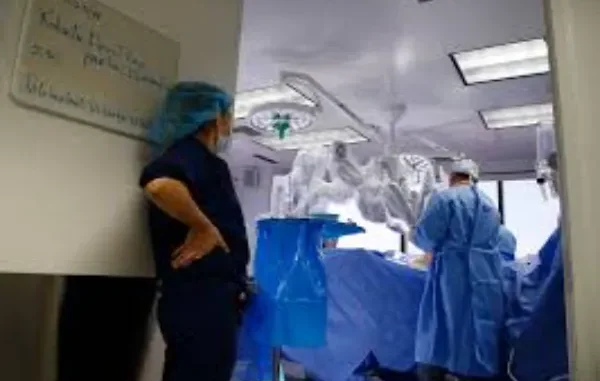

Image Source: Pexels
Surgical robots have become a mainstay in many hospitals. They help doctors with intricate surgical procedures and often pave the way for an easier path to recovery for patients. But while doctors, nurses, and other medical staff are an expected presence in the operating room (OR), it’s easy to wonder if that will continue to be true.
Will surgical robots replace humans in the OR? Read on to learn more about what both surgical teams and robots do as we explore the answer to that question.
The Role of Surgical Robots
Surgical robots aren’t freestanding machines that take the helm during operations. Rather, surgical robots are one component of the surgical experience, and doctors control them. Typically, a surgeon operates robotic arms while sitting at a console. Thanks to the robot, they gain a high-definition view during the operation. Further, they can complete a wide range of motions and actions within the patient’s body using the robot’s precise mechanical arms.
For surgeons, using robots gives them a more sure-handed approach to making precise incisions and movements. Robots can even remove tremors and other sudden shifts within the human hand, creating steadier results. For patients, this translates to smaller incisions, quicker recoveries, and fewer scars. Someone getting robotic knee surgery after a fall, for instance, won’t be sidelined for long. In short, surgical robots are an enhancement for surgeons in the OR.
The Role of the Surgical Team
While robots provide stronger visualization and dexterity for surgeons, they are not a complete replacement. Human surgeons and their team members remain a critical presence. Surgical technicians, for instance, sterilize instruments and prepare the patient for the operation. Individuals interested in contributing to surgical teams in this capacity can pursue surgical tech programs in TN.
Surgical team members also help with the ongoing need to change instruments throughout the surgical procedure. They move cameras and fix robotic arm problems. They also ensure that the patient is in the optimal position for the surgery and track their vital signs. These are responsibilities shared among team members that cannot be assumed by robots.
Changing Skills for OR Staff
The presence of robotics in surgery has shifted what OR team members must know and contribute to the surgery. Nurses and anesthesiologists, for instance, must be familiar with testing robotic arms and moving them to the patient carefully. They’ll also need to be able to identify and fix malfunctioning robotic arms expediently for minimal disruptions during the actual surgery. Staff need a deeper knowledge base when they enter the OR for a surgery. And for those training for roles in the OR, modern tech education programs need to account for
robotics-assisted cases.
Robots are actually increasing the need for qualified surgical team members. As the use of robots in surgeries increases, OR team members will have to be ready to operate them. Individuals will need to be comfortable with both traditional and robotic approaches to surgery.
Why Robots Are an Imperfect Solution
Yes, robots have revolutionized surgeries in areas like gynecology and heart procedures. But robots alone cannot complete a surgery. They need human intervention to discern problems, make quick judgments, and offer input.
Trained surgeons must be manning robots for them to work effectively in a surgical setting. Robots are unable to think, making humans an essential presence to manipulate them with expertise. Additionally, humans are an essential presence when it comes to care in a medical setting. Robots can’t provide a sympathetic presence, and they can’t explain procedures in simple terms.
Preparing for a New Approach to Surgery
Will surgical robots replace surgeons? It doesn’t seem likely that that will happen any time soon. Yes, robotic arms can improve surgeries and outcomes for patients. And they enable surgeons to maximize their skills with more precise dexterity. But robots cannot replace the need for human intelligence, judgment, and sympathy. Human members of a surgical team can offer a sympathetic ear or a concise explanation for patients and their families.
For individuals hoping to start a career in the OR, there has never been a better time. An uptick in robotic surgeries means an increased need for qualified techs, nurses, and doctors. Humans and robots can work together to improve patient outcomes.
Leave a Reply